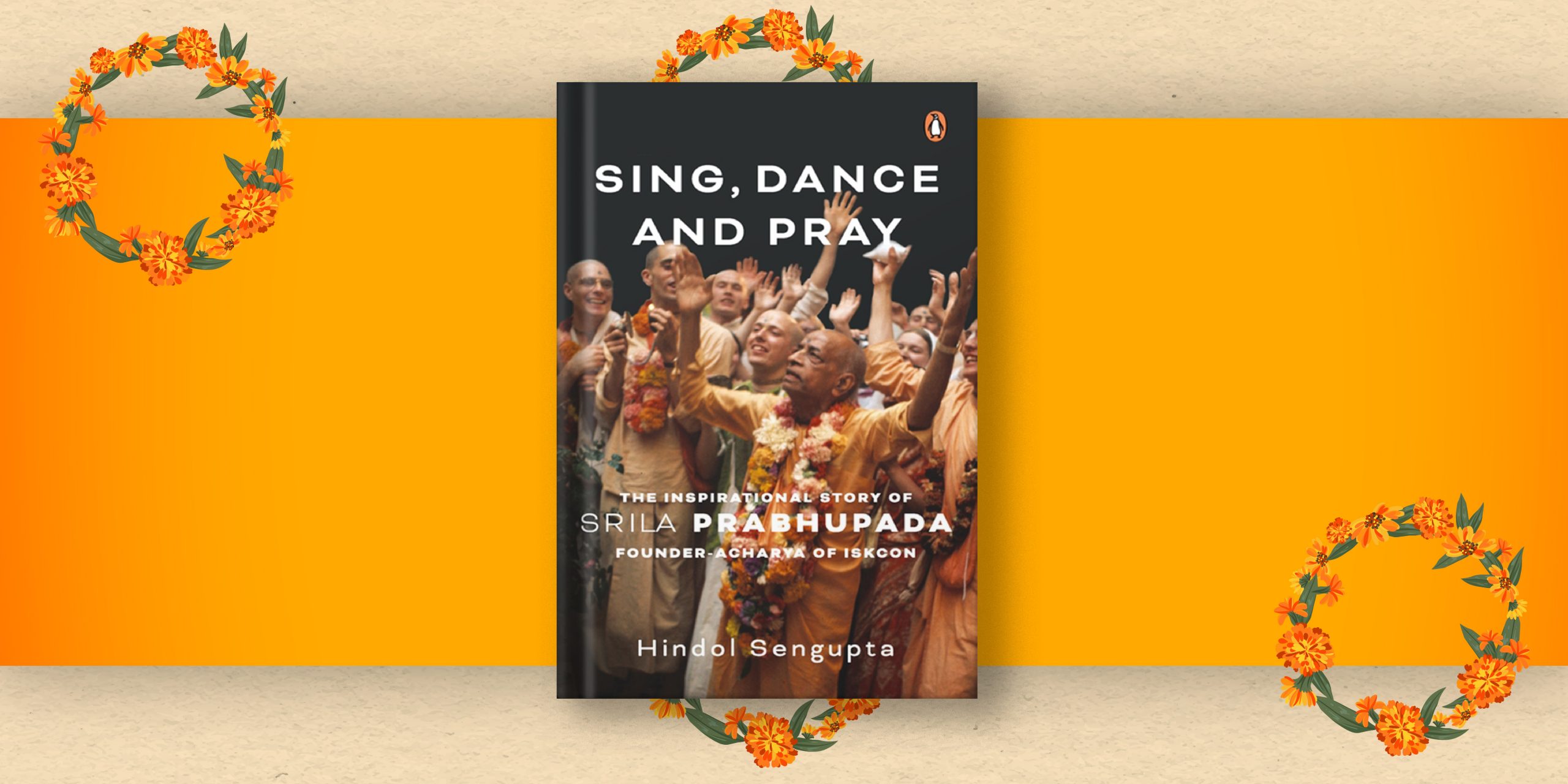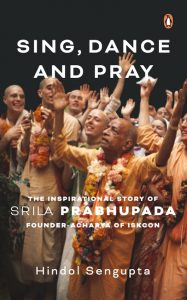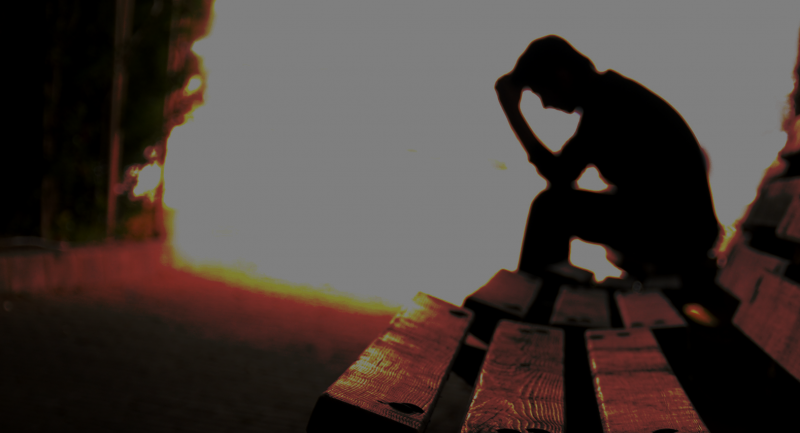
The widespread popularity of Krishna Consciousness can be traced back to the very man himself. While a memoir about an Indian guru is commonplace today, Hindol Sengupta’s Sing, Dance and Pray creates a narrative framework that is at once meta-cultural and biographical. This is in part made up of the diverse lives that Srila Prabhupada encountered—and embraced—during his unique lifetime.
The following is an excerpt from the chapter titled ‘Downtown Monk’, marking the American chapter of Srila Prabhupada and the Hare Krishna Movement.

*
The conflict in Vietnam had already dragged on for about a decade since the mid-1950s by the time Bhaktivedanta arrived at Boston Harbour. In the early 1960s, American President John F. Kennedy pushed more resources into battle in Vietnam, and the failure of a breakthrough victory only meant greater angst and protest at home. With the failure of the Bay of Pigs invasion in 1961 and the Cuban Missile Crisis, chances of a third world war or at least conflict using nuclear weapons between the United States and the Soviet Union had become a real possibility. ‘The risks to world peace seemed so significant at this time, that an extensive peace movement developed throughout the 1960s, particularly through the intervention of young people and students. Young people wanted autonomy and self-determination. They did not want to live in a world involved in major armed conflict.’
Within America, the response to this war-addicted climate was the rise of subcultures which would experiment with everything from Eastern mysticism to psychedelic drugs, poetry, music and—importantly—massive protest rallies for peace, and against war.
If you distil the messages of the movement that came to be known through many varying names over the years from ‘Beat’ to ‘hippie’, a few are immediately apparent. There is the desire for a different way of life, a different way of thinking, of freedom from the oppression of society and government and even the economic system. There is the determined refusal to authorize state-sanctioned violence (though ironically some of the protesters clashed with the police and became quite violent), there is the attempt to create building blocks of a ‘non-commercial world’ in everything from the focus on handmade things, like tie-and-dye clothing (another element borrowed from India), vegetarianism and natural birth, the focus on meditation and non-Abrahamic forms of spirituality, and importantly, music.
When you look at all these elements carefully, you understand something that is rarely ever said about A.C. Bhaktivedanta, that like Vivekananda, he was in many ways the right person, at the right place, at the right time. Vivekananda gained from the flowering of interest in Eastern philosophies led by scholars like Max Mueller and others in the late nineteenth century, and therefore his message found a certain influential, academically elite, audience that helped it spread across the English-speaking world. His key early benefactors were the educated wealthy, including a Harvard professor who introduced him to the Parliament of Religions. In A.C. Bhaktivedanta’s case, his earliest followers were unemployed hippies attracted to the sonorous sannyasi to find a refuge from the tumult all around them, and in their head.
Bhaktivedanta’s early life in the United States is usually described in terms of the difficulties he had in finding appropriate shelter, often having to share space with people who did not quite understand his calling or his message. But the way to really think about the story is that he appeared to give the right message to the right people at the right time.
His first days were spent with Gopal Aggarwal and his wife Sally, an American, at Butler County, Pennsylvania, where the famous four-wheel drive, the Jeep, had been invented in 1940 as a vehicle for tough-haul jobs of the US Army. It was a time when A.C. Bhaktivedanta was under the impression that he would remain in America maybe, at most, for about a month. Even though he was clear about his mission in the West—propagating the good word of Krishna—several of his early hosts imagined that he had merely come to raise funds for his publishing and would soon return.
But it is here, at Butler, Pennsylvania, that A.C. Bhaktivedanta found his first audience. It is here that one of the most written-about spiritual figures in modern times, first appeared in the American local press. The Indian ‘swami’ who had come to America to preach ‘bhakti yoga’, said the Butler Eagle. Even in that very first article, there were clear signs of why A.C. Bhaktivedanta would start to attract followers in America.
*
Sing, Dance and Pray is available at your nearest bookstore. You can also order a copy from Amazon.









